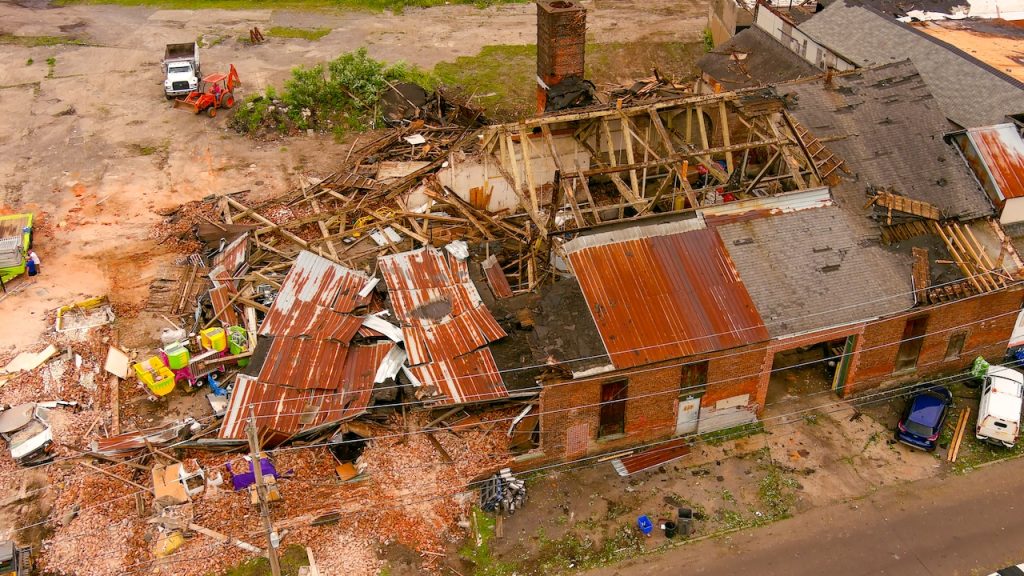Syracuse, N.Y. — Upstate New York was hit by 16 tornadoes in one week, the most since official tornado records began in 1950.
The tornadoes came in two waves, with seven waves occurring on July 10 and nine waves occurring on Monday and Tuesday this week.
They hit the entire map of the Upstate, from Chautauqua County in the far southwestern part of the state to the edge of the High Peaks of the Adirondack Mountains.
The most powerful tornado hit Rome on Tuesday, packing winds of 135 mph and roaring for more than five miles, leaving a trail of destruction across the city, including toppling two church steeples and collapsing a brick wall decorated with an iconic mural.
The only death from the tornado was an 82-year-old man who was struck by debris in the village of Canastota in Madison County on Tuesday.
The last time a tornado killed someone in upstate New York was in Madison County in July 2014, when a sudden tornado ripped through the town of Smithfield, killing four people.
Four microbursts (strong gusts of wind that blow straight down) hit upstate New York last week, the most powerful of which struck Schuyler County on Tuesday, packing maximum wind speeds of 100 mph — stronger than many tornadoes.
“It’s not the wind that injures people, kills people or does damage, it’s the blowing up of trees, the trees falling on houses and people and cars,” said Mark Pellerito, a meteorologist with the National Weather Service’s Binghamton office. “Whether it’s a straight line blower or a tornado, the damage is the same.”
Guy Pearson, a meteorologist at forecasting firm AccuWeather, said July is the month when tornadoes are most common in the northern US, as that’s when the seasonal peak in heat and humidity — key ingredients for the formation of the severe thunderstorms that spawn tornadoes — occurs.
“There’s heat, there’s moisture, and then there’s short waves and bits of energy that have come through the region,” Pearson said. “There was a cold front or wave that came through and that was a big trigger that produced as many tornadoes as we’ve seen over the past week.”
Pellerito said the tornado was triggered by a different atmospheric phenomenon.
“You had wind shear, which is the phenomenon where winds change direction at higher altitudes,” he said. “And when you add a storm to that and you get it under control, you get a tornado.”
The National Oceanic and Atmospheric Administration has kept detailed tornado records since 1950. Until Wednesday, the most tornadoes recorded in a single week in New York was 13, which occurred on May 31, 1998.
Those storms were generally more powerful than this week’s storms: Some of the 1998 storms were classified as EF-3, with wind speeds reaching up to 165 mph.
The Modified Fujita Scale ranks tornadoes from EF-0 to EF-5 based primarily on maximum wind speed. Most tornadoes in New York are EF-0 or EF-1, with wind speeds typically below 110 mph.
A tornado that struck Rome this week had peak wind speeds estimated at 135 mph, putting it at the top of the EF-2 category.
It was the most powerful tornado in Oneida County since 1990, Pellerito said.


